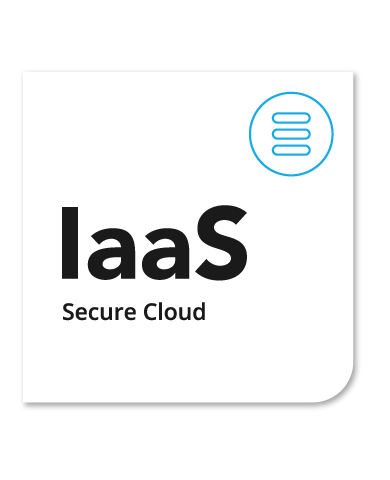Episode Summary
iland Cloud Technologist Brian Knudtson is joined by guests Phillip Sellers, Daniel Palusek, and Jeramiah Dooley for a conversation about how to assess cloud compatibility with an on-premises infrastructure. They explore what cloud compatibility looks like and learn its about far more than just technology working together.
Panel
Cloud Conversations
Topic 1
[03:58] Surveys show that VMware is far and away the most common on-premises virtualization platform. What do customers look for in cloud providers to determine how compatible they will be?
Topic 2
[09:23] With its popularity on-premises, it seems logical to build a public cloud using VMware. However, building a public IaaS platform could be done with a free hypervisor like KVM. What advantages do providers and customers gain when working with clouds built on VMware?
Topic 3
[23:44] Can you speak to what advantages customers and providers may be losing by sticking with VMware-based public clouds?
Cloud Bites
[01:36] “Compatibility in the cloud? Well, that’s kind of counterintuitive to the goals of the companies providing the cloud.They’re all about trying to lock you in. So, navigating compatibility is not easy.” – Phil Sellers
[03:16] “Compatibility is the only differentiator that really matters once public clouds have matured to the point where they all offer the same capabilities.” – Jeramiah Dooley
[06:28] “A lot of the traditional disciplines we’ve had as an IT group can get lost in that conversation as well. When you have a credit card and authority to go make something happen in a SaaS offering. Those are the kinds of the things that make the compatibility conversation really tough for us.” – Phil Sellers
[11:24] “The vast majority of customers that I deal with part of the challenge that they have is all of the sunk cost on things that they’ve invested in and moving to a public cloud can’t wipe all of that away.” – Jeramiah Dooley
[12:17] “There’s always going to be some type of on-premises workload that resides in an organization for specific verticals and they’re going to be working with a cloud provider — it could be a hyperscaler it could be another managed service provider — and they’re going to have to figure out how do I hedge between these different operating models.” – Daniel Palusek
[13:01] “One of the big pieces that we see customers really happy about being able to use across both the on premises environment and in the cloud are the tools that they’re comfortable with and particularly the tools that they’ve set up to be able to do alerting and monitoring.” – Jeramiah Dooley
[14:43] “We really are just looking for time-to-value and trying to do things faster. That’s the value proposition that has always been for cloud and that’s what we’re being asked by our businesses to really help them accelerate time-to-value and not have these long cycles of upgrades and projects that it takes to realize their IT goals that lift the business.” – Phil Sellers
[17:10] “Customers are all on a different path and at a different point on that path that it ends up getting very complex very quickly.” – Jeramiah Dooley
[29:20] “You’ve got to figure out what that strategy is for your organization and work with one or two distinct strategic partners to help you with this mission.” – Daniel Palusek
[29:45] “You don’t have to go at this alone. There’s a lot of expertise in the industry that can help you with that and define and map out what’s important for your organization from business priorities or technical priorities. How does that map to offerings from each cloud provider or hyperscaler? And then figure out what that execution path is.” – Daniel Palusek
[30:31] “We don’t live in static times. We live in very dynamic times.” – Phil Sellers
“You’ve got to figure out what that strategy is for your organization and work with one or two distinct strategic partners to help you with this mission.”
DANIEL PALUSEK
STAFF SOLUTIONS ENGINEER – CLOUD PROVIDER PROGRAM, VMWARE


Episode Asset
iland Secure Public Cloud provides the efficiency and scale of traditional IaaS—but with proven VMware-based infrastructure, expert design, integrated security, and built-in data protection.
Service management is made easy through tools and capabilities that are similar to those already used on-premises, to allow for your existing skills to transfer across environments.



